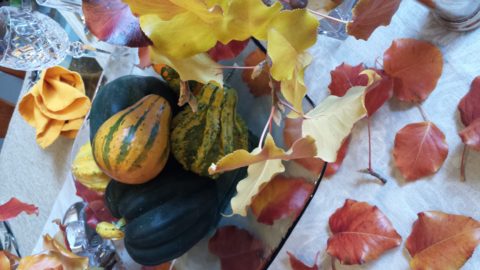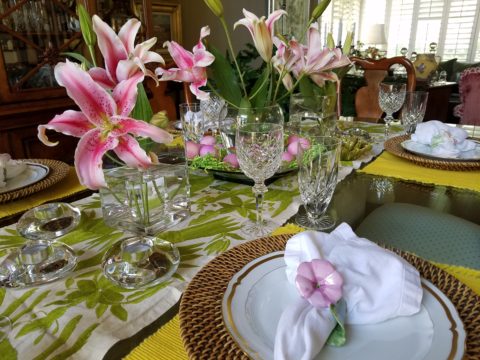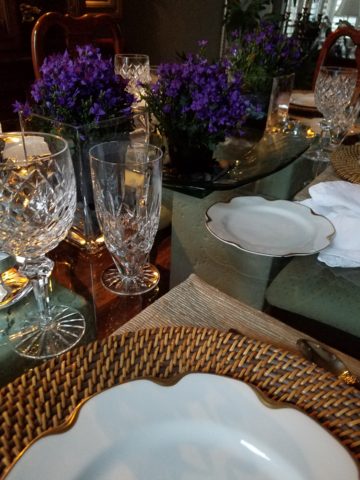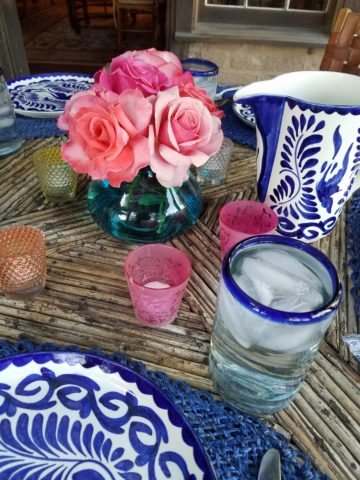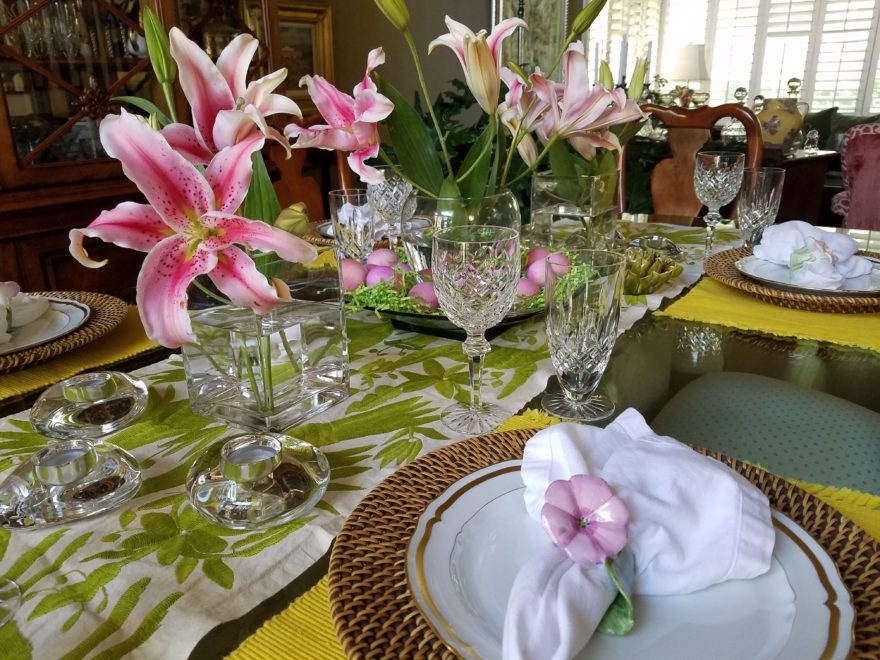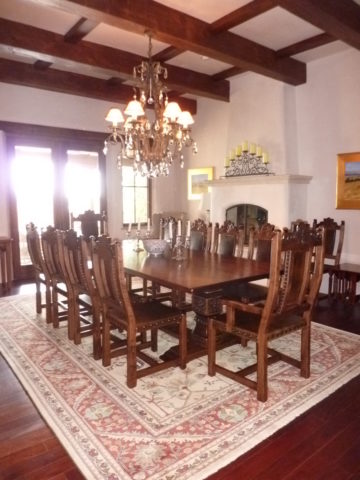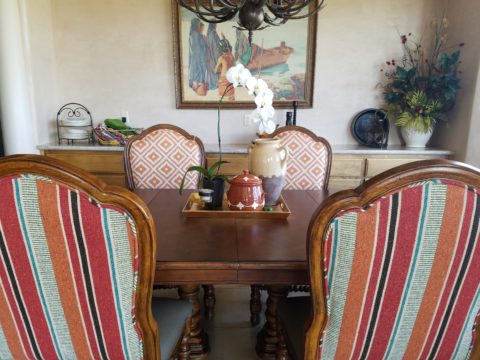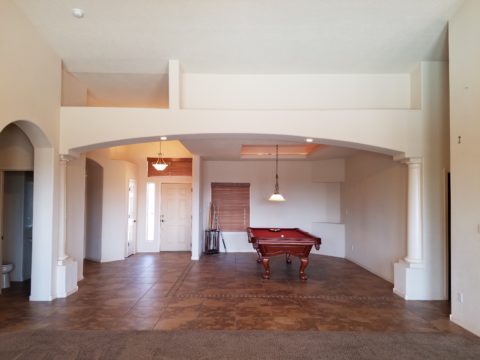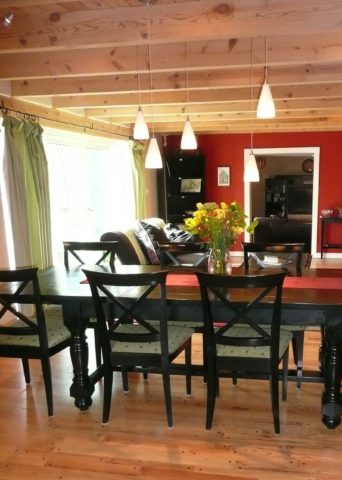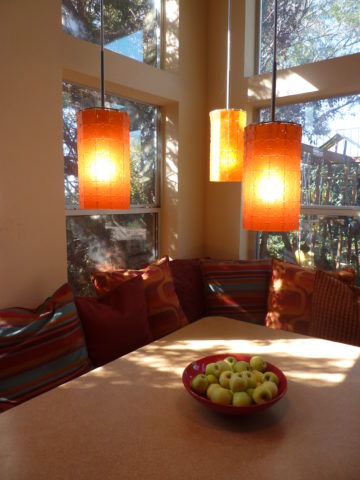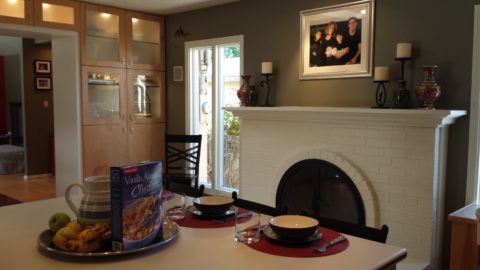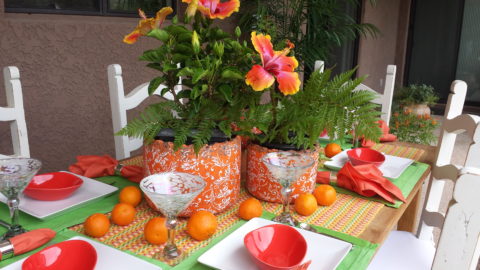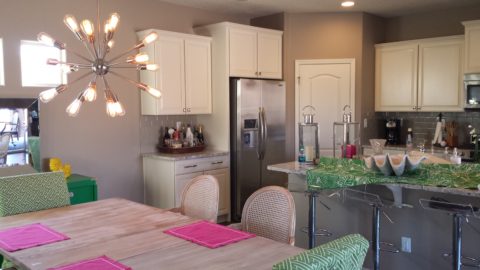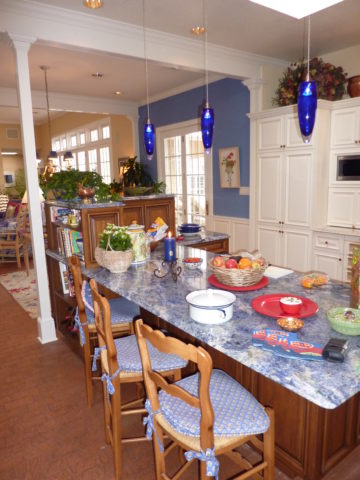When do you know when to listen to a sign? What opportunity changes your life? From romance to career changes and all manner of life’s opportunities – what catches your attention? What switches on inside and makes you take notice? Having someone cross your path and not realize he/she is your soul-mate. We’ve seen many movies with this elusive thread woven through the plot. One of my favorite songs, about such would-be near-misses, is “If He’s Ever Near” in which Karla Bonoff pines…
They say just once in life
You find someone that’s right
But the world looks so confused
I can’t tell false from true
And love’s so hard to find
In this state of mind
Oh I hope I’ll know him
I hope I’ll know him
If he’s ever near
…her yearning hits a cord. What is a sign? How do you know? What action do you take? It’s not always particularly obvious.

Recognizing opportunities is what separates many successful people from the rest of the world. Taking chances, when those signs make their appearance, is the other factor. Risk-taking is a scary leap into the unknown, but so often results in great reward when it is a true calling and approached with dedication to seek and meet the challenges.
Seems from many with whom I’ve spoken, a true calling is pretty clear. It taps into a passion and ignites a level of excitement and enthusiasm that is hence to fore unmatched. It becomes an irreversible path forward. Like an involuntary propulsion. Thrilling for some – terrifying for others. Which type are YOU? Perhaps you find yourself in the middle – healthy respect for the trepidation, but curiosity for what’s in store!!!
Twice this week I have met with artists who are each taking an enormous leap into a new life direction. One who might not be ready for me to blog about her adventure has leaped from a 30+ year life in Mexico… to a year-long reunion in Arizona with family tapping into the vibrant art scene in Sedona…then a soul-searching move to New Mexico where she invested her savings to start a new independent life…and after exploring her options and searching introspectively for her personal needs, happiness and goals has decided, after yet another year, to sell her new home and return to Sedona to pursue what she firmly believes is her calling. She took leaps, explored options, followed leads and returned to what she initially thought was the right place for her, but which had contingencies that masked her true indicators. She did not want to have imagined constraints rule her decision. Now she realizes that it is her choice, her viewpoint, and ultimately her quest for joy. Her focus and grace have inspired me on many levels and I hope to share her story once she’s ready!
Yesterday I was visited by a Renaissance artist whose enthusiasm and self-effacing manner bring sunshine to every event! Kim Jackson has a new-found passion! Having mastered her profession in the arena of photography (http://www.kimjacksonphotography.com) she had an encounter that looks like will change her life path with new-found joy.
Sprinkled at my reception desk, I was presented with an array of amazing little jewels. Kim spread a collection of painted rocks and miniature paintings in a scattering like pebbles and fallen leaves. Only these jewels were painted with such detail and expression that I was arrested – awestruck.
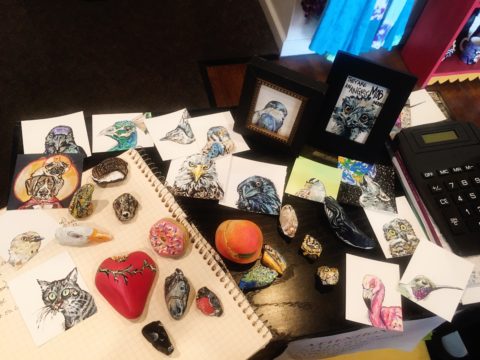
Her own words about this turning point in her life is enchanting.
Last summer I was gifted a painted rock by a 4 year old girl about to lose both of her dogs – the rock read “Love”.
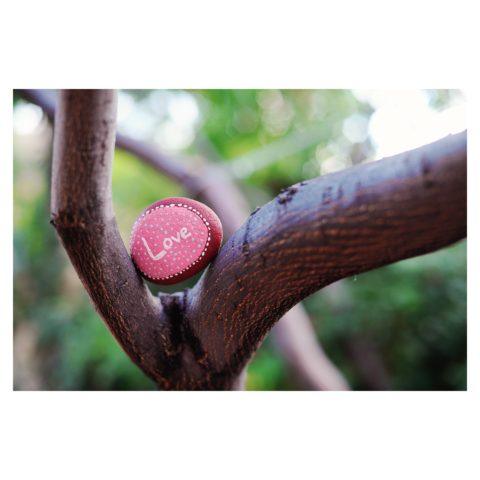 I was touched and photographed it to share with my instagram followers, which lead me down the #paintedrock hashtag. The first artist’s post I clicked on – she does amazing mandala dot art – shared what kind of paint she used and gave other general tips. By that afternoon I had a rainbow of colors and was painting my first rocks.
I was touched and photographed it to share with my instagram followers, which lead me down the #paintedrock hashtag. The first artist’s post I clicked on – she does amazing mandala dot art – shared what kind of paint she used and gave other general tips. By that afternoon I had a rainbow of colors and was painting my first rocks.
Kim was there to capture the family on the eve of having to put their two dogs down. The little girl presented her with a simple yet profound object and message that resonated so strongly with Kim that it sparked an idea that lead down a path…
My rock art (art rocks) style has evolved in the last 10 months, and at the beginning of May 2018 I painted my first 2D “little dessert” and bird paintings – supposed to be gifts for Mother’s Day. With encouragement from a fellow artist I have approached galleries and received warm reviews on both the stones and little paintings.
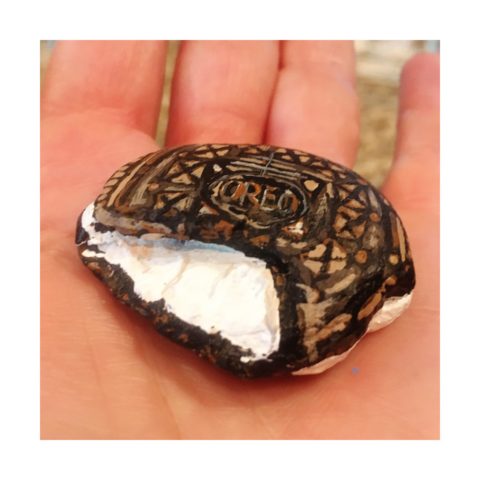 Although Kim’s photography still plays a significant and pleasurable career role in her life, this quest to explore other of her creative energies and talents is proving to be an exciting and potentially lucrative path.
Although Kim’s photography still plays a significant and pleasurable career role in her life, this quest to explore other of her creative energies and talents is proving to be an exciting and potentially lucrative path.
Thanks to the support of my husband Billy, I feel extremely lucky to be given a chance with a second artistic medium – something I never dreamed I would be able to do. I’ve lived my entire life thinking that I could not paint well. While feeling blessed to make a career out of my photography, this is an exciting new direction, I am excited to see where it leads.
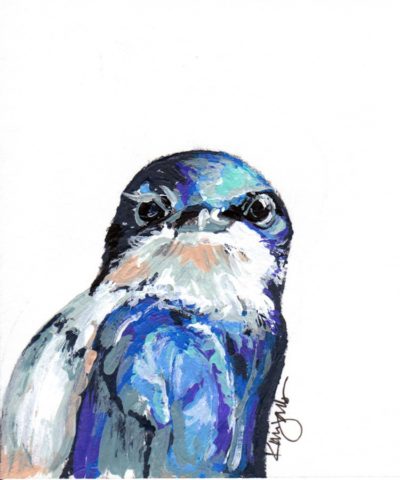
I see Kim as a precious stone, of many facets. Although she will still pursue her love of photography and capture people’s lives and many story chapters, Kim will make room for this blossoming career move into the exploration of creating art directly from her heart to her hand.
This sentiment has been so profoundly stated by Federico Leon de la Vega as he references a similar heartfelt expression regarding the (very personal and possibly evolutionary level) value of handwriting. https://www.youtube.com/watch?v=H9j_pLgCr1U
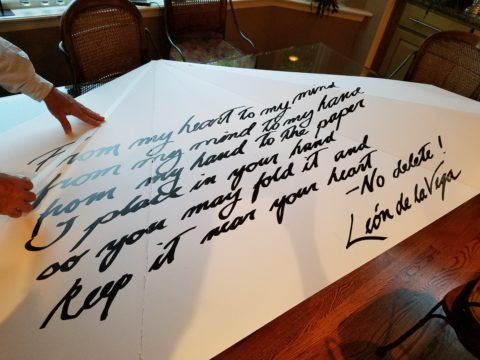
Federico prepares a prp for his TEDX Talk. “From my head to my mind, from my mind to my hand, from my hand to the paper, I place in your hand, so you may fold it and keep it near your heart.”
Some things cross your path unwanted and certainly change your life. For the undesirable things, I recently read this phrase by Glennon Doyle “Your wound probably is not your fault, but your healing is your responsibility.” Well, you might very well have caused your wound – but either way, taking charge of the healing is your responsibility. Which makes me realize that which we have all been told so many times – that your destiny is in YOUR hands.
As this relates to art – do not be afraid to explore your creative tendencies. Do not feel you are not worthy or good enough. Experiment. There are so many examples of late bloomers in life. A prime example are the magnificent Portraits of Courage by George W Bush. He dabbled and played with a wide variety of subjects before he hit on portraiture. His abstractly artistic interpretations of people too shape and he discovered that these seemingly primitive paintings had intriguing representation, expression, character, beauty and appeal. The path led him to a powerful platform for veterans, fund-raising opportunities, heightened awareness and acknowledgement of sacrifice.
https://www.bushcenter.org/exhibits-and-events/exhibits/2017/portraits-of-courage-exhibit.html
As stated on the website, this exercise has become significant:
A VIBRANT COLLECTION OF OIL PAINTINGS AND STORIES BY PRESIDENT GEORGE W. BUSH HONORING THE SACRIFICE AND COURAGE OF AMERICA’S MILITARY VETERANS — AND HIGHLIGHTING THE WORK OF THE BUSH INSTITUTE’S MILITARY SERVICE INITIATIVE.
A great article on the accidental painter is here in The Artists’ Network
“These portrait paintings aren’t great but they are gutsy, because it is gutsy to show your artwork period, but it is really gutsy when you know the work isn’t perfect and you do it anyway, because it matters to you.
We could all learn a little bit from this–to embrace our abilities as they are right now, and then to simply let the work go…”
It’s not about a perception of being great or even good enough – most artists never really believe that they are. It is about following your passion – in this case, artistic expression. You might be surprised at what happens next! Believe in the power of ART!!

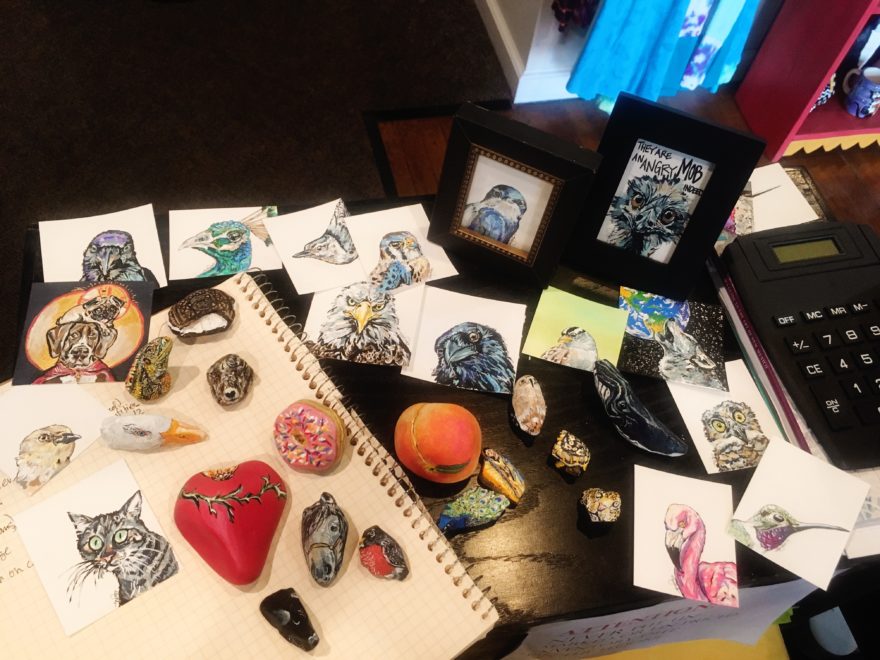
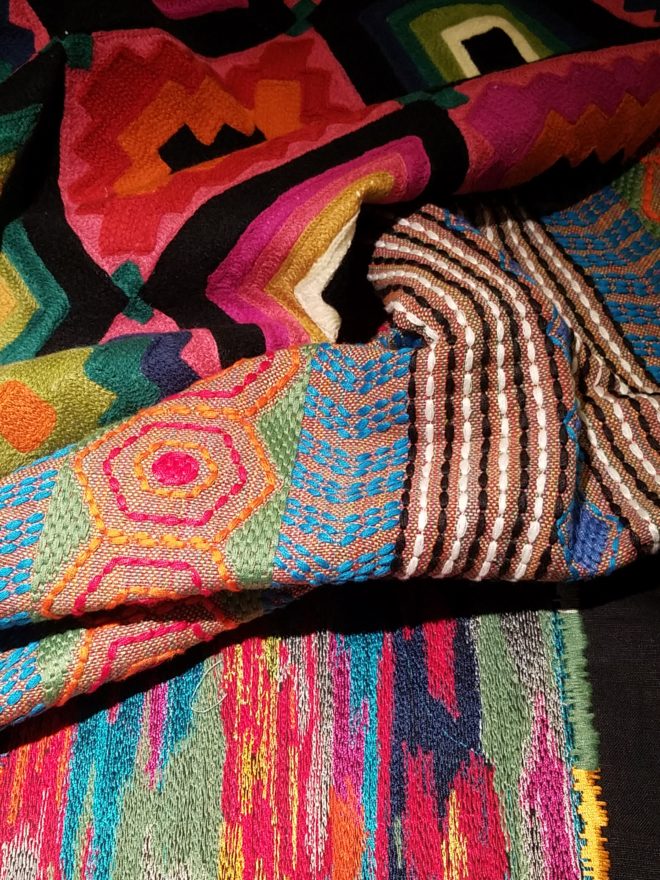
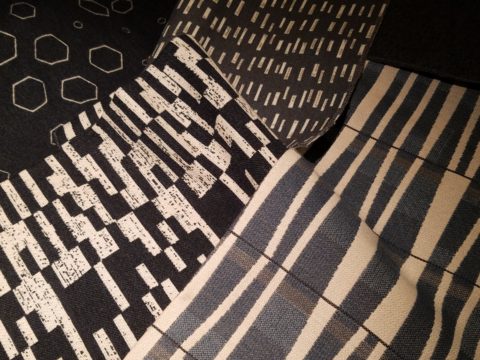
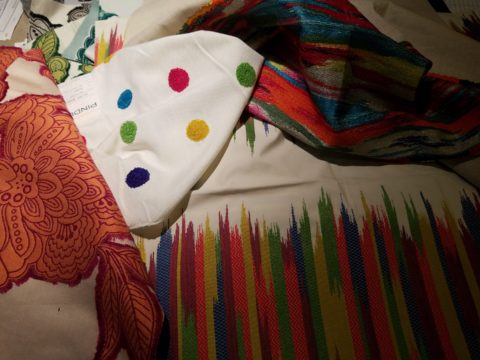
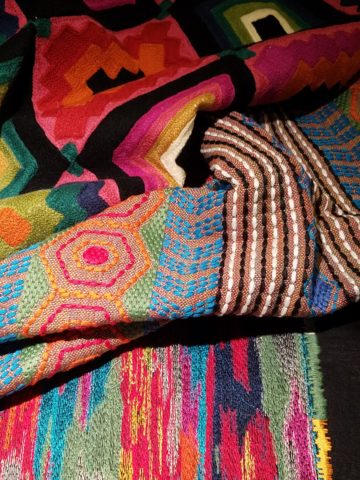
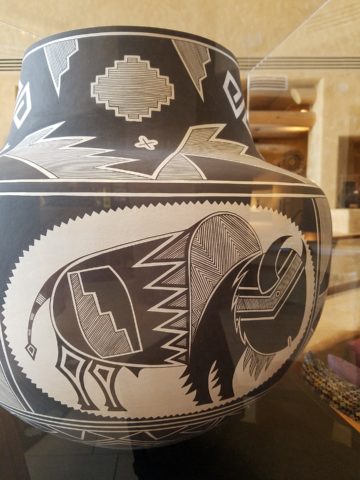
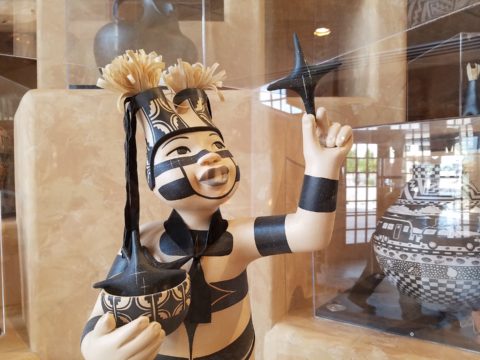
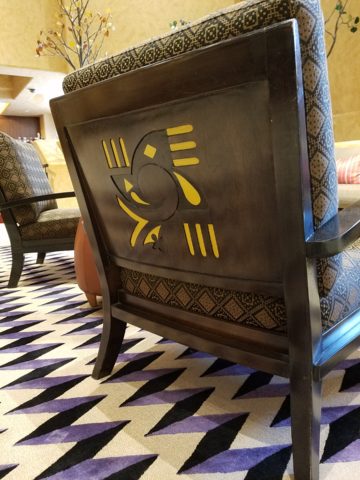

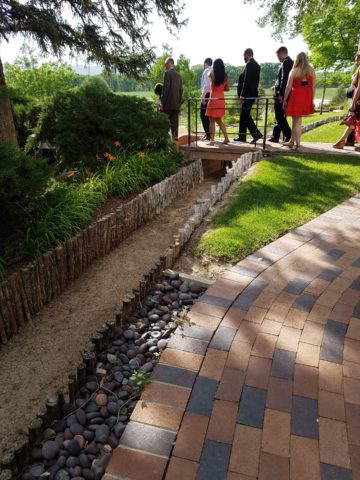
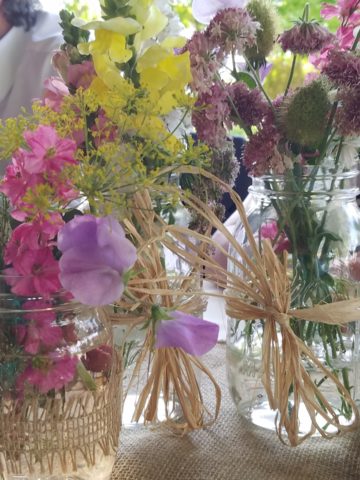
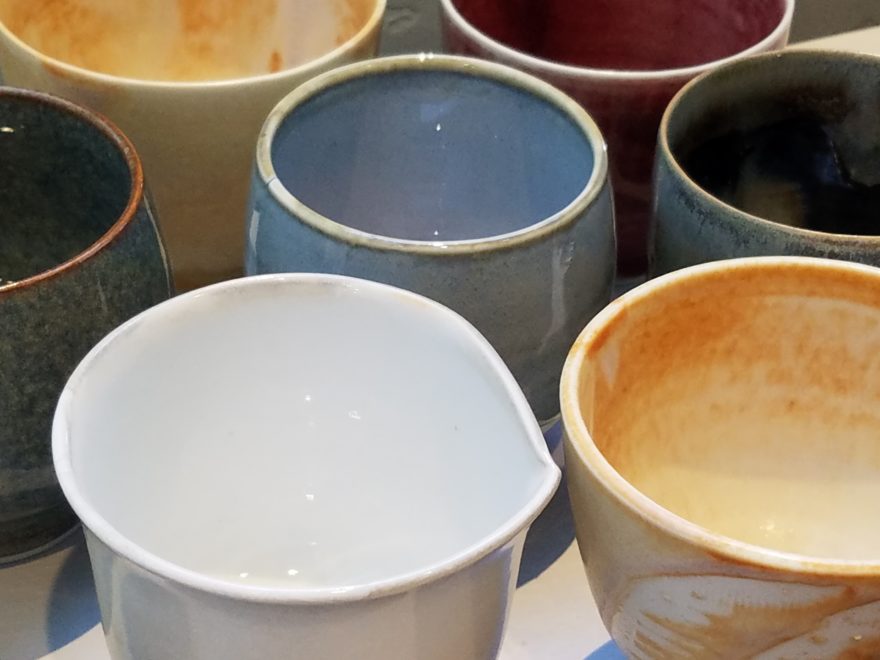
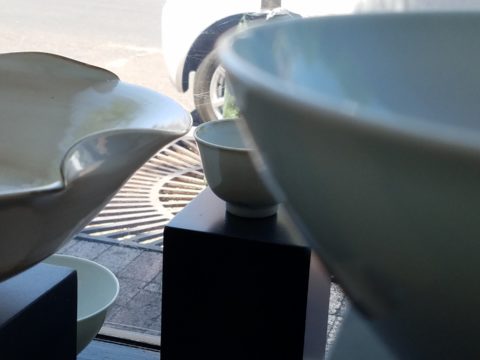

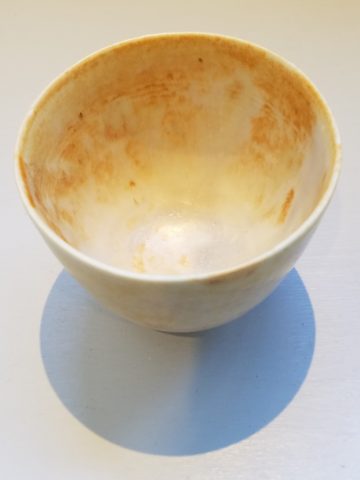
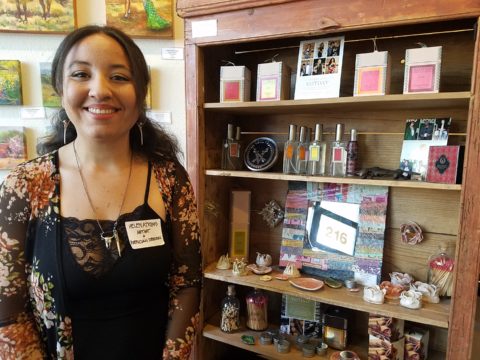
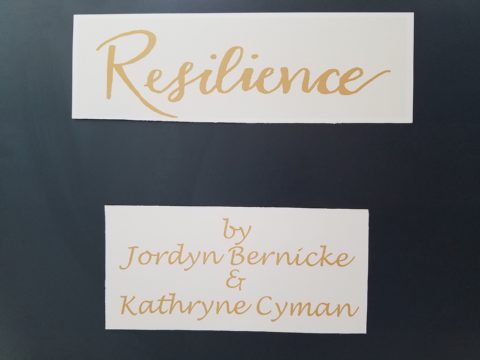
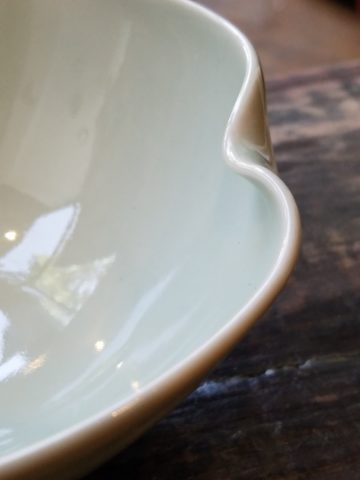
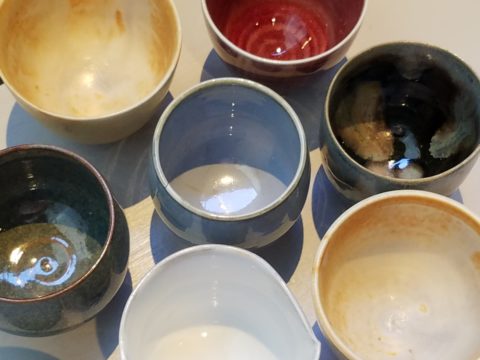
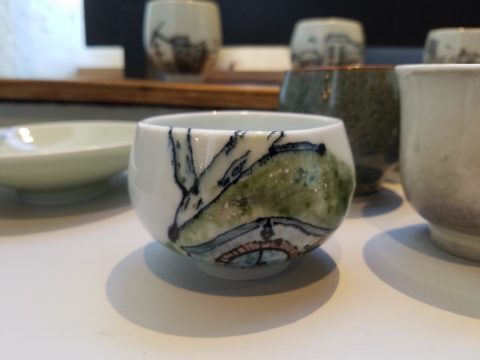
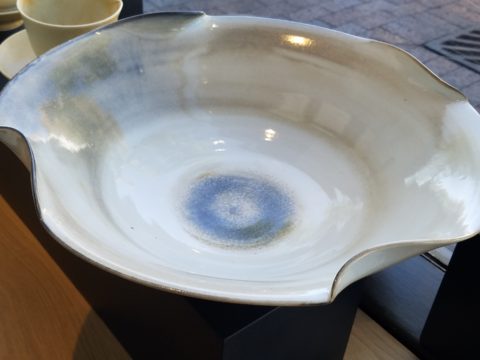
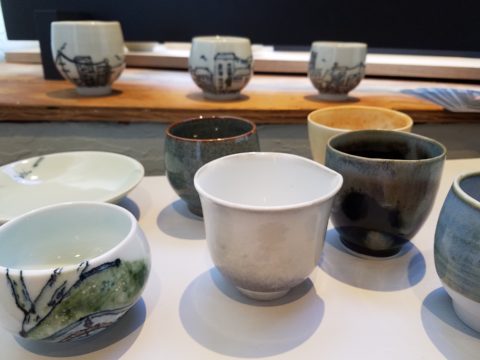
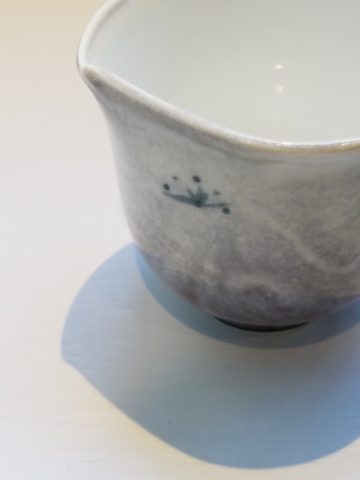
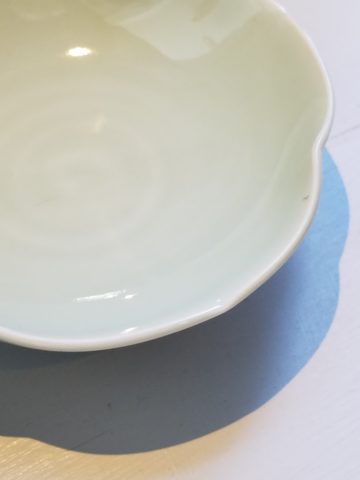


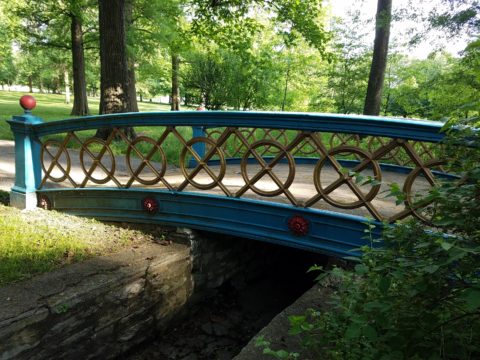


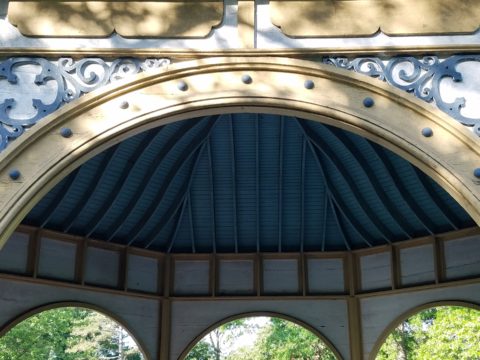
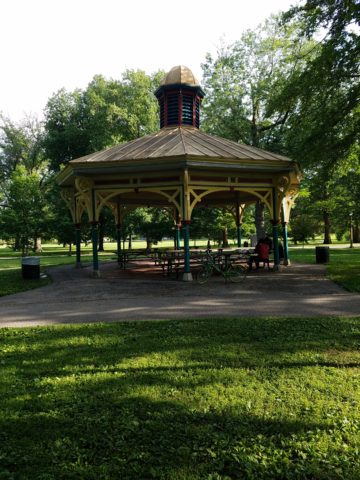

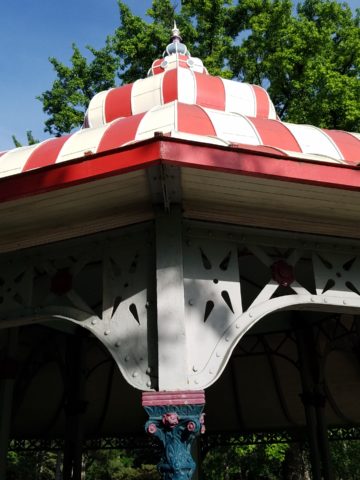
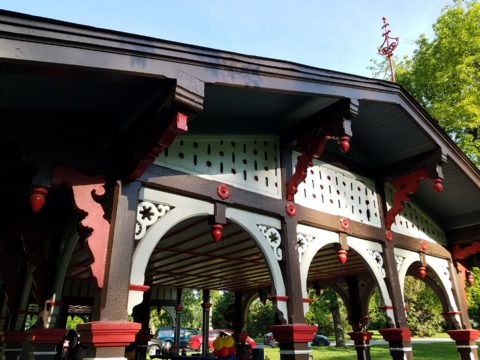
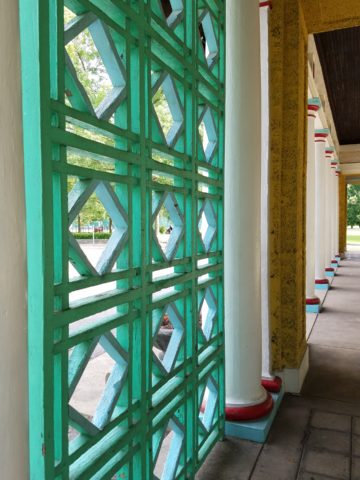
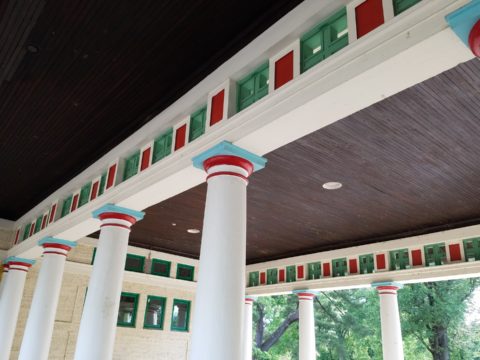

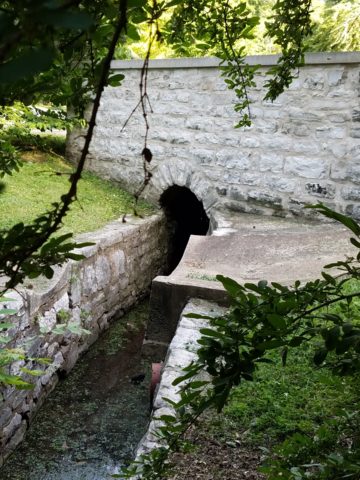

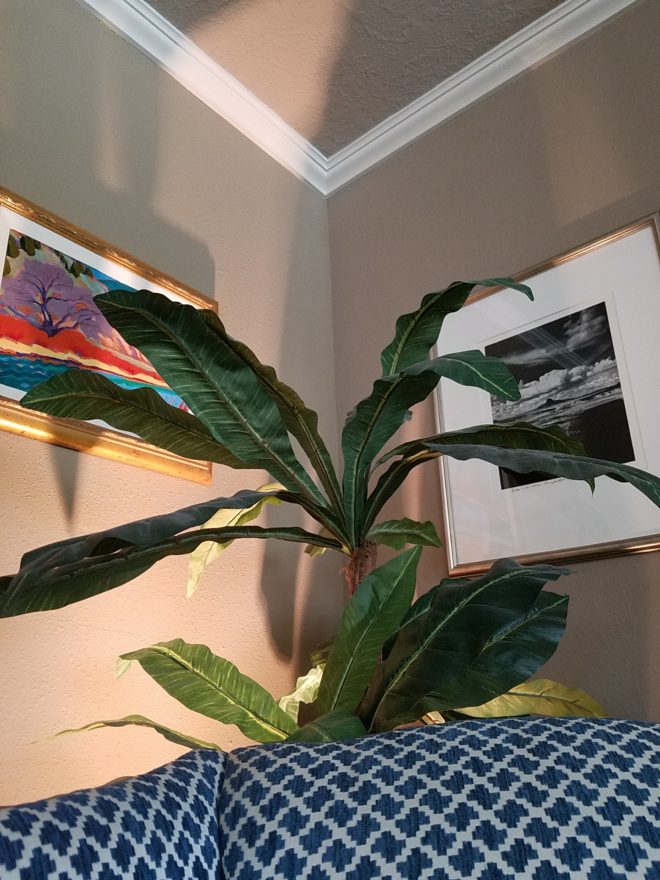
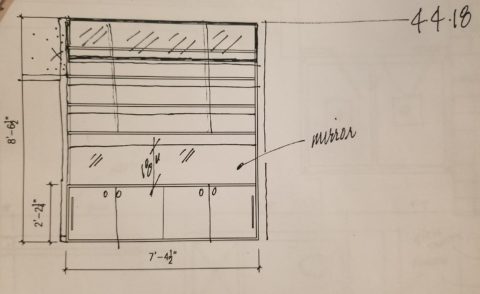
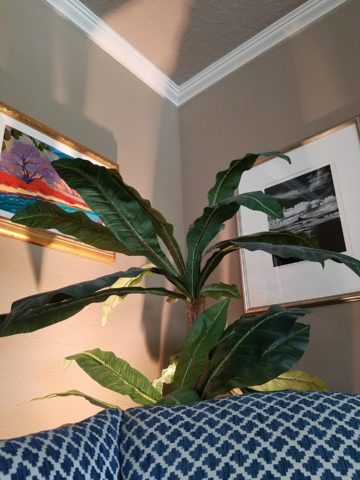
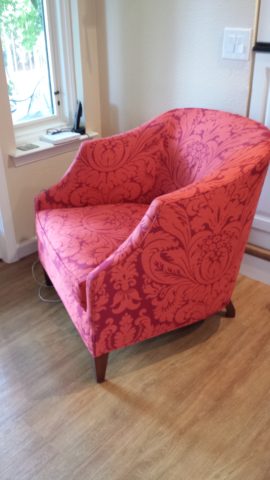
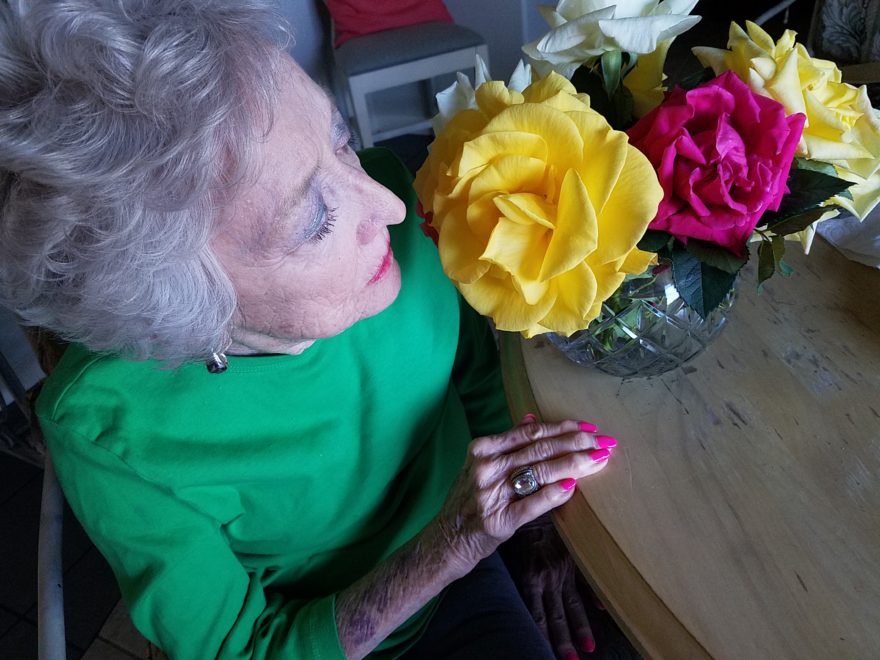
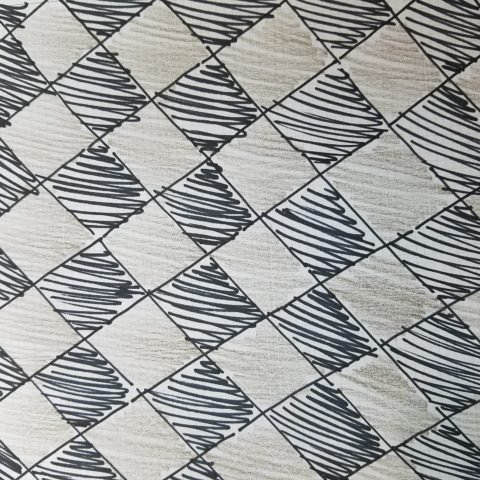
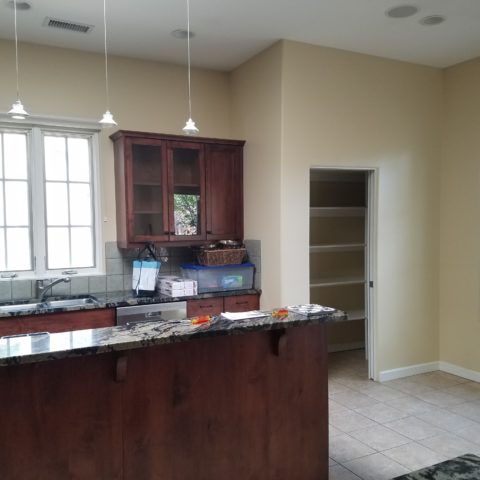
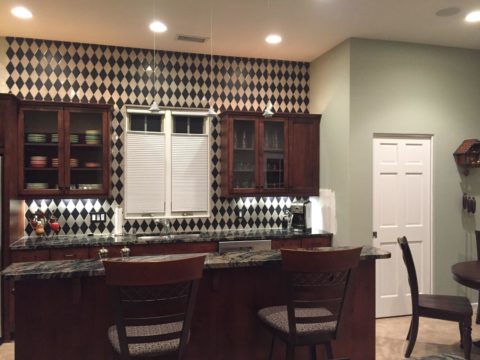
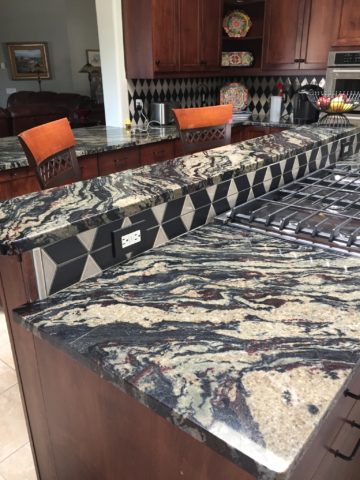
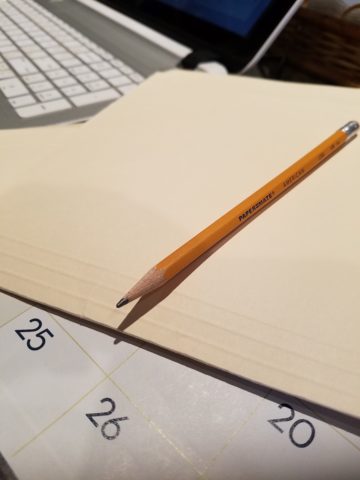
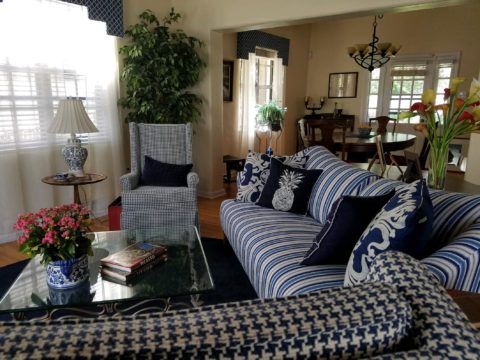
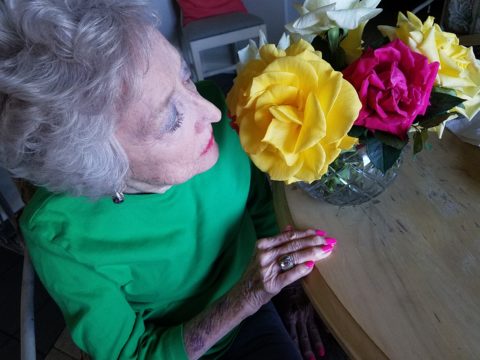

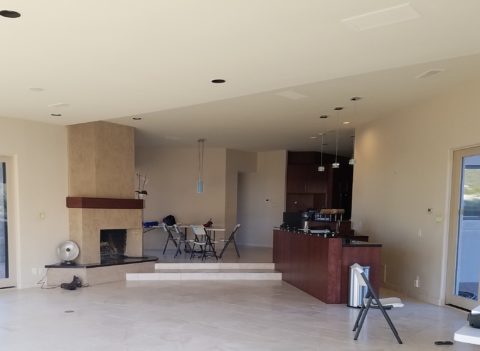
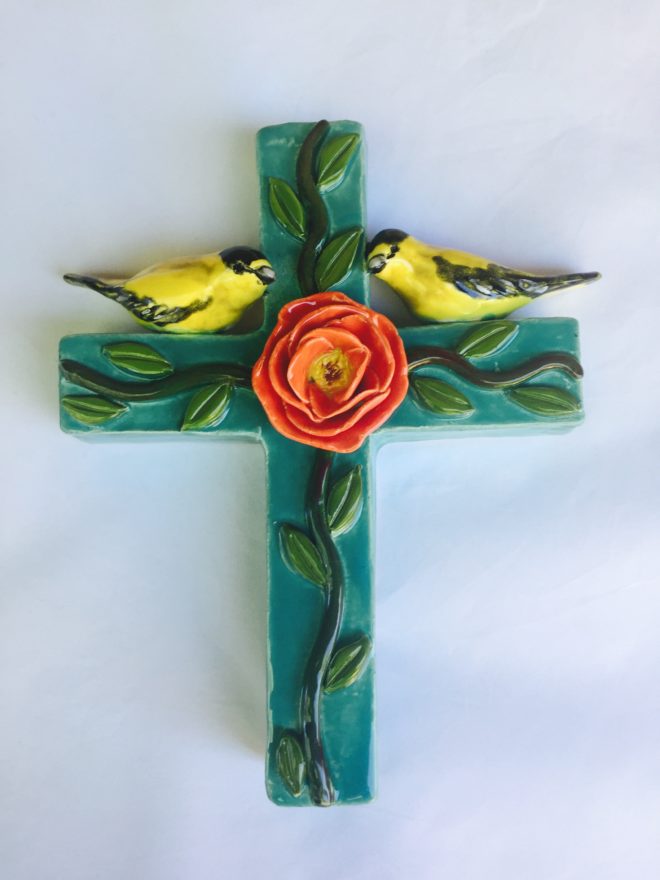
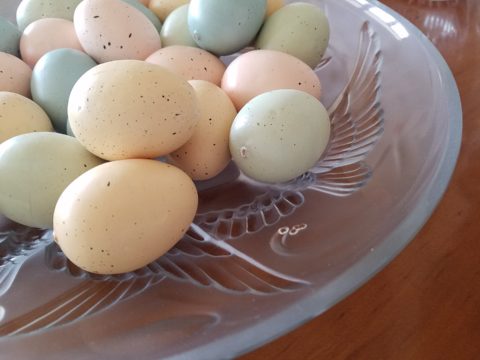
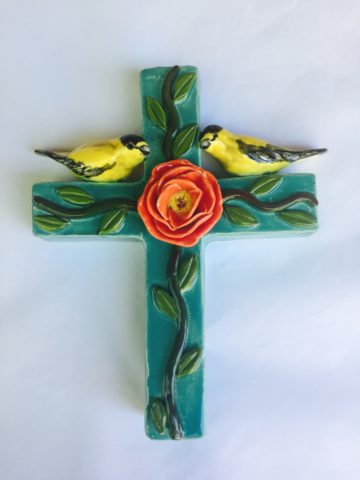
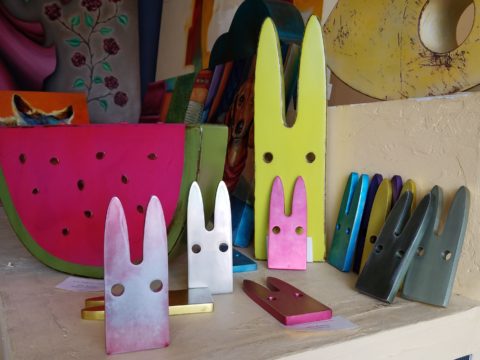

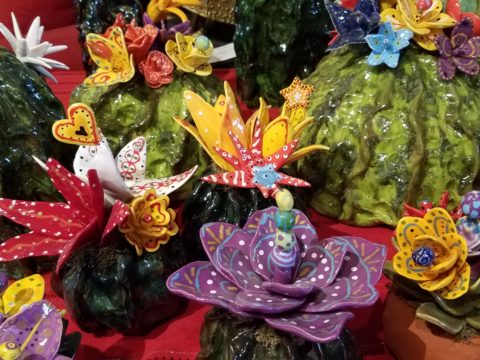
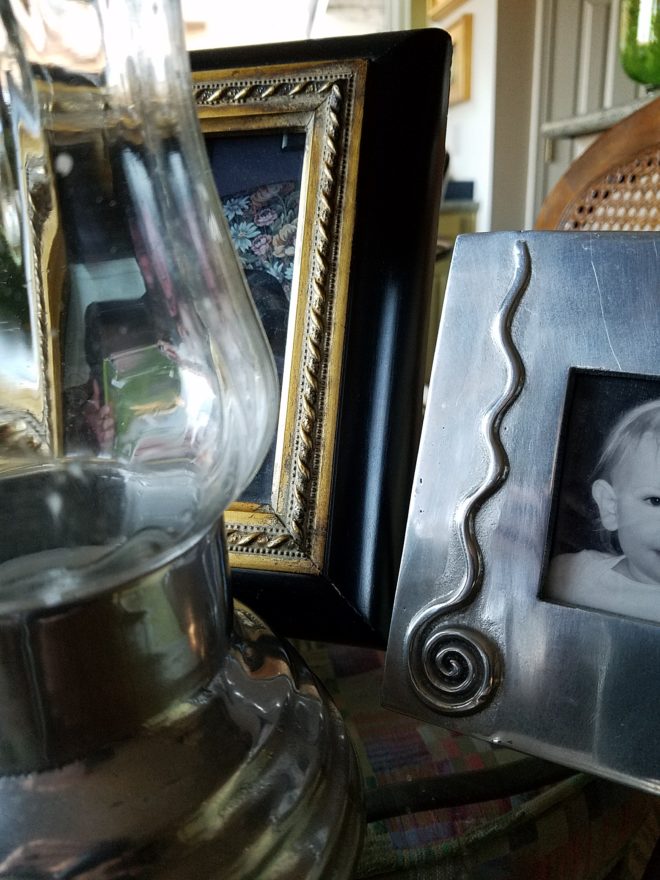

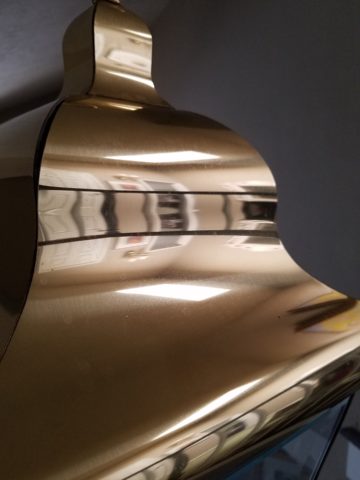 Following trends can be costly, unnecessary and unimaginative. Gold/brass finishes have been making a come-back in recent years. Sometimes it takes time for it to trickle into your purview. But the point is – good design is good design. So it’s not so much about if it is perceived to be good enough or right or wrong…it is if you can design around it and make it great.
Following trends can be costly, unnecessary and unimaginative. Gold/brass finishes have been making a come-back in recent years. Sometimes it takes time for it to trickle into your purview. But the point is – good design is good design. So it’s not so much about if it is perceived to be good enough or right or wrong…it is if you can design around it and make it great. 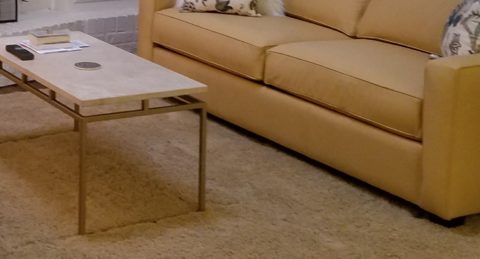
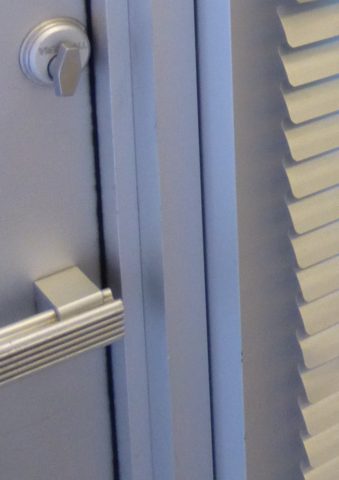 Probably not, but it is not so much about the mixing – it is that to make something like that REALLY work, the overall design would have to be so intentionally mixed that it in itself (the intentional mixing) is an art-form.
Probably not, but it is not so much about the mixing – it is that to make something like that REALLY work, the overall design would have to be so intentionally mixed that it in itself (the intentional mixing) is an art-form. 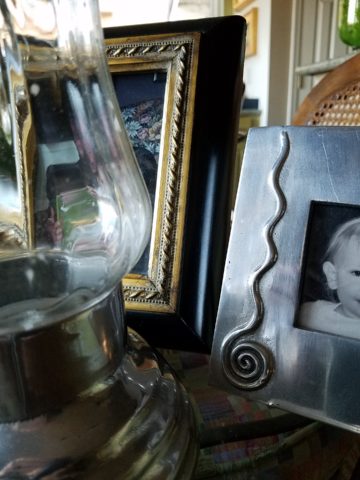
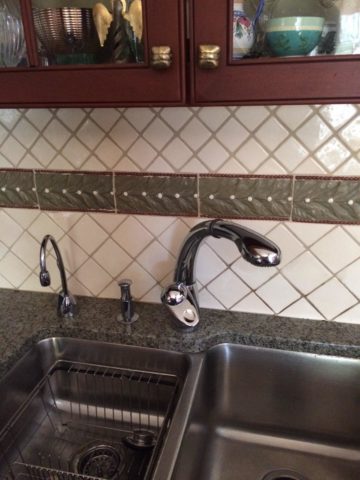 The answer is YES. In some contextual situations, the language of the materials speaks in vernaculars that separate certain groups from others as though allowed to be intentionally different – as they ARE different.
The answer is YES. In some contextual situations, the language of the materials speaks in vernaculars that separate certain groups from others as though allowed to be intentionally different – as they ARE different. 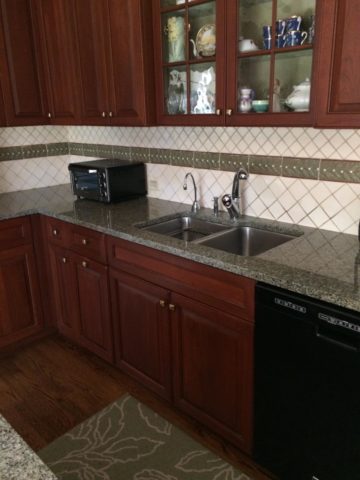 The great thing about knowing when to make statements in contrast – not conflict, is just that – knowing.
The great thing about knowing when to make statements in contrast – not conflict, is just that – knowing.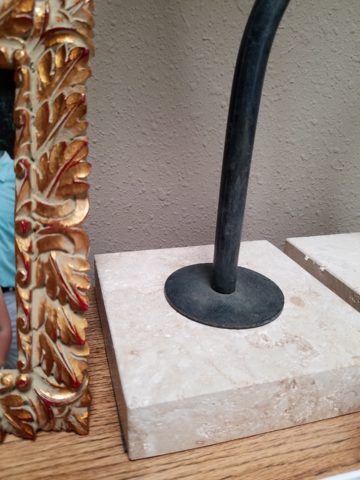
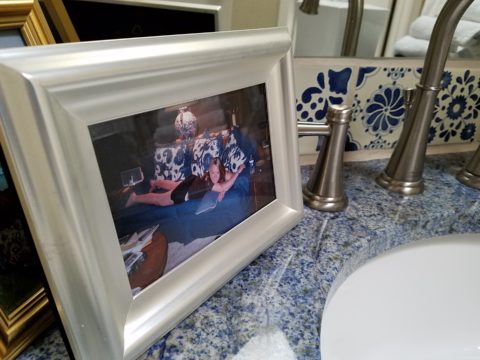 But now we are seeing matte black – and oh is that hot! Complimenting the concrete finishes and raw steel – contrasting with the brushed stainless – punctuating the trend of the clean commercial kitchen style of design. It is a bold yet soft new option for the edgy everyday kitchen. http://www.foodandwine.com/cooking-techniques/look-these-beautiful-matte-black-major-appliances-refrigerator-ranges-ovens-and
But now we are seeing matte black – and oh is that hot! Complimenting the concrete finishes and raw steel – contrasting with the brushed stainless – punctuating the trend of the clean commercial kitchen style of design. It is a bold yet soft new option for the edgy everyday kitchen. http://www.foodandwine.com/cooking-techniques/look-these-beautiful-matte-black-major-appliances-refrigerator-ranges-ovens-and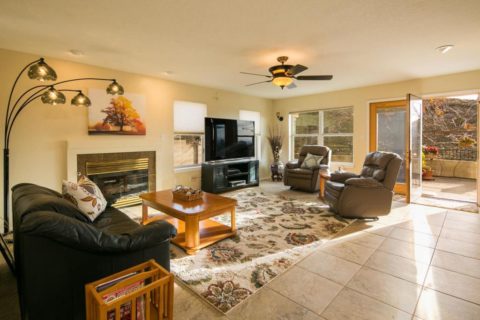
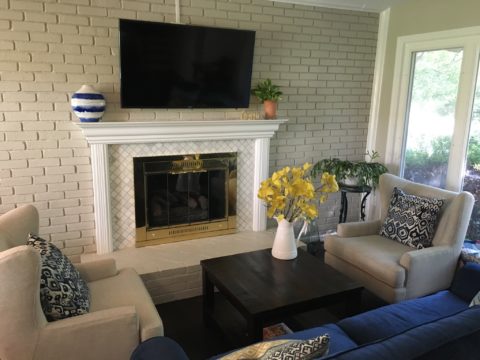
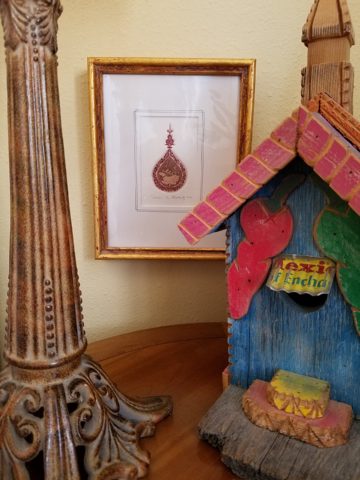
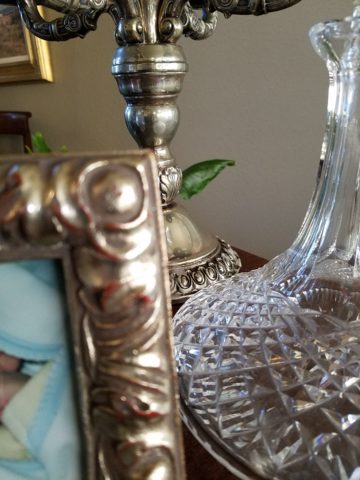
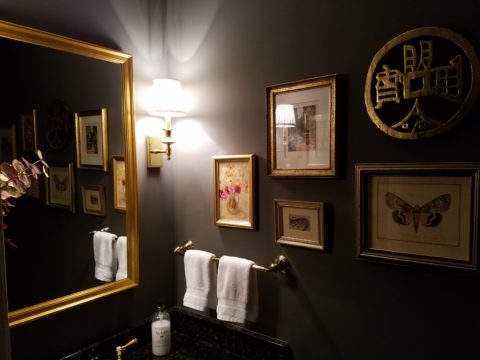 Have I ever mentioned context? Eclectic mixes can be quite fun and interesting.
Have I ever mentioned context? Eclectic mixes can be quite fun and interesting.  Groupings of identical moldings can be effective.
Groupings of identical moldings can be effective. 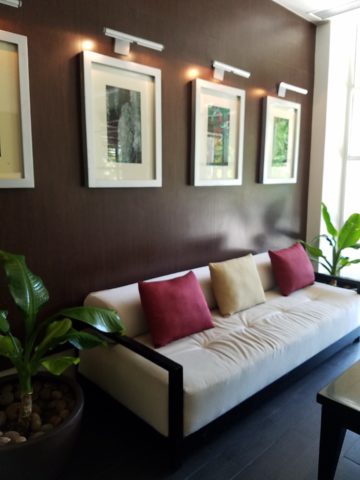 Random pieces scattered throughout can each be singularly nice. So don’t rush out and re-frame all your art. See how you intend to use it, group it, where and with what else. Be sensible and creative – be brave and do what you like! That makes sense!!!!!
Random pieces scattered throughout can each be singularly nice. So don’t rush out and re-frame all your art. See how you intend to use it, group it, where and with what else. Be sensible and creative – be brave and do what you like! That makes sense!!!!!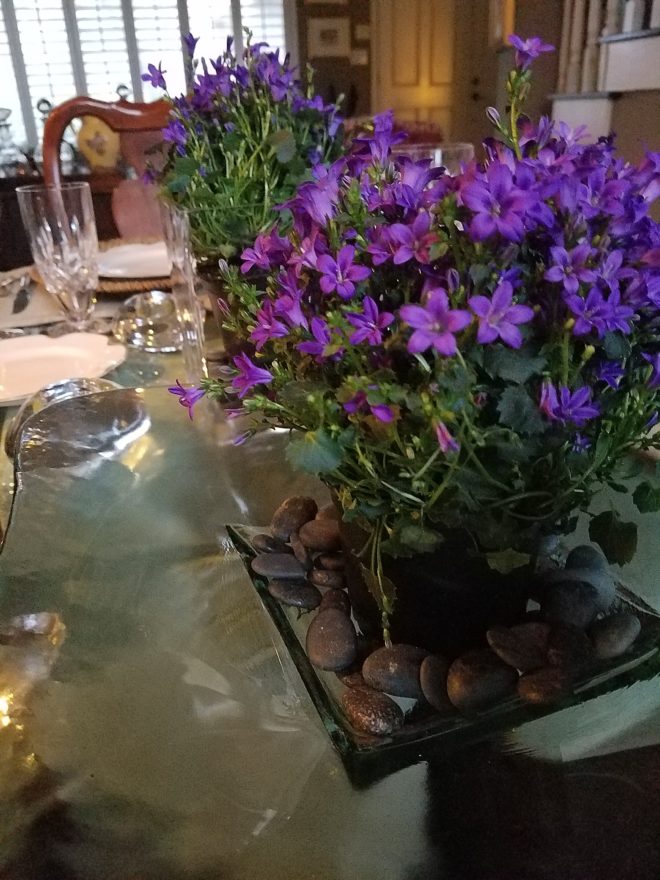
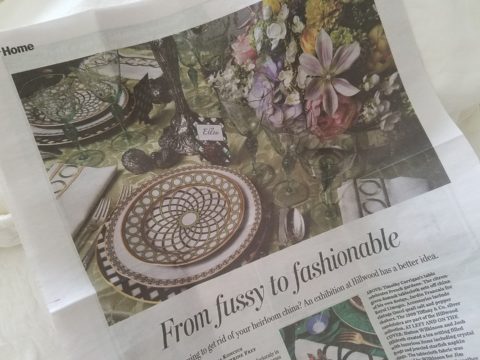
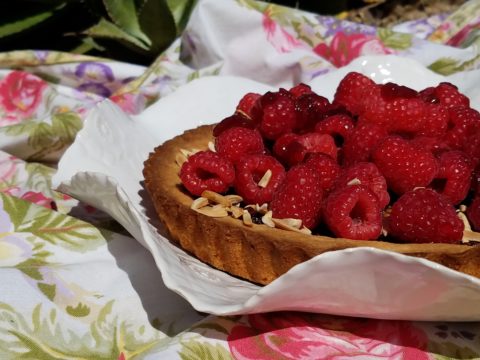
 https://www.casparionline.com/catalogsearch/result/?q=placemat
https://www.casparionline.com/catalogsearch/result/?q=placemat
